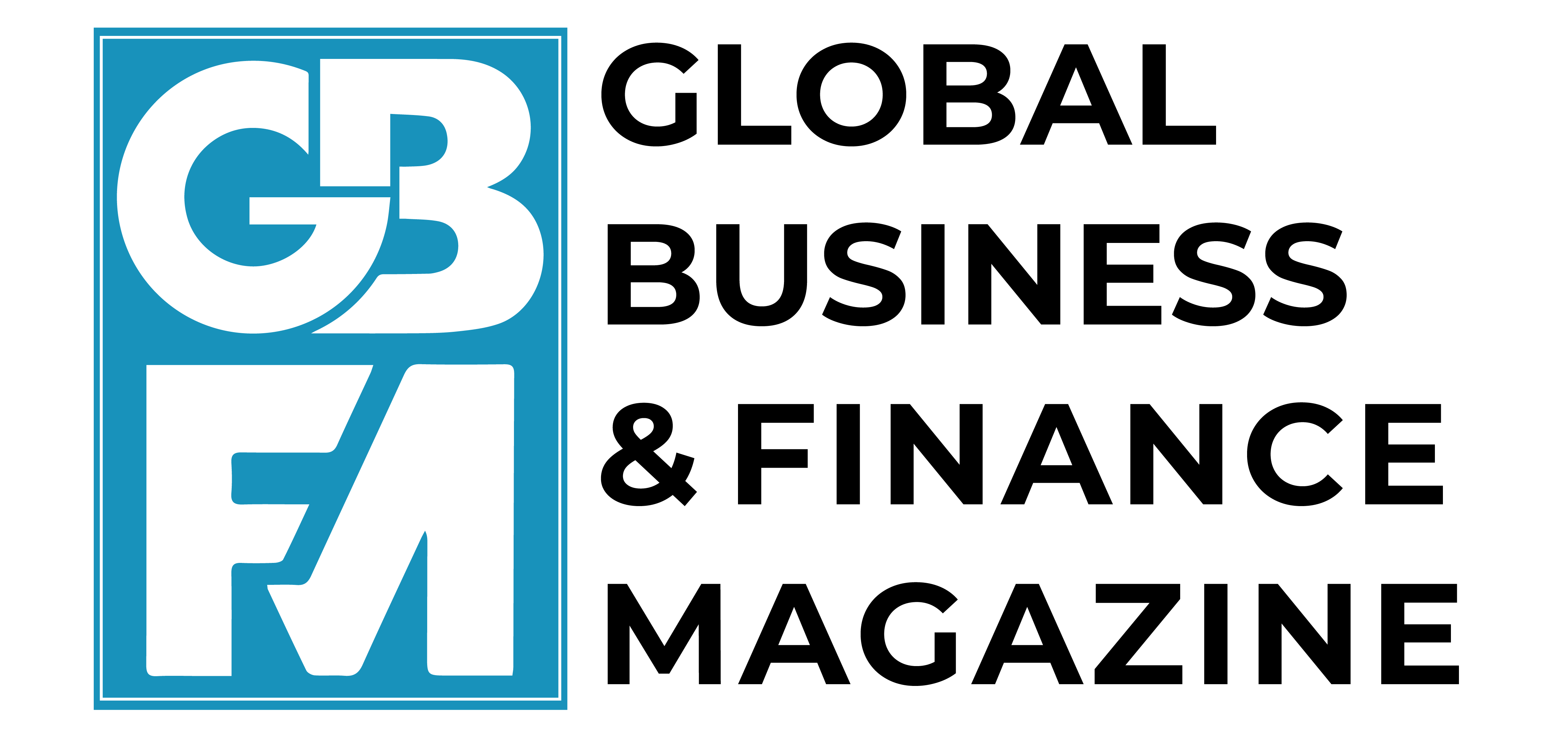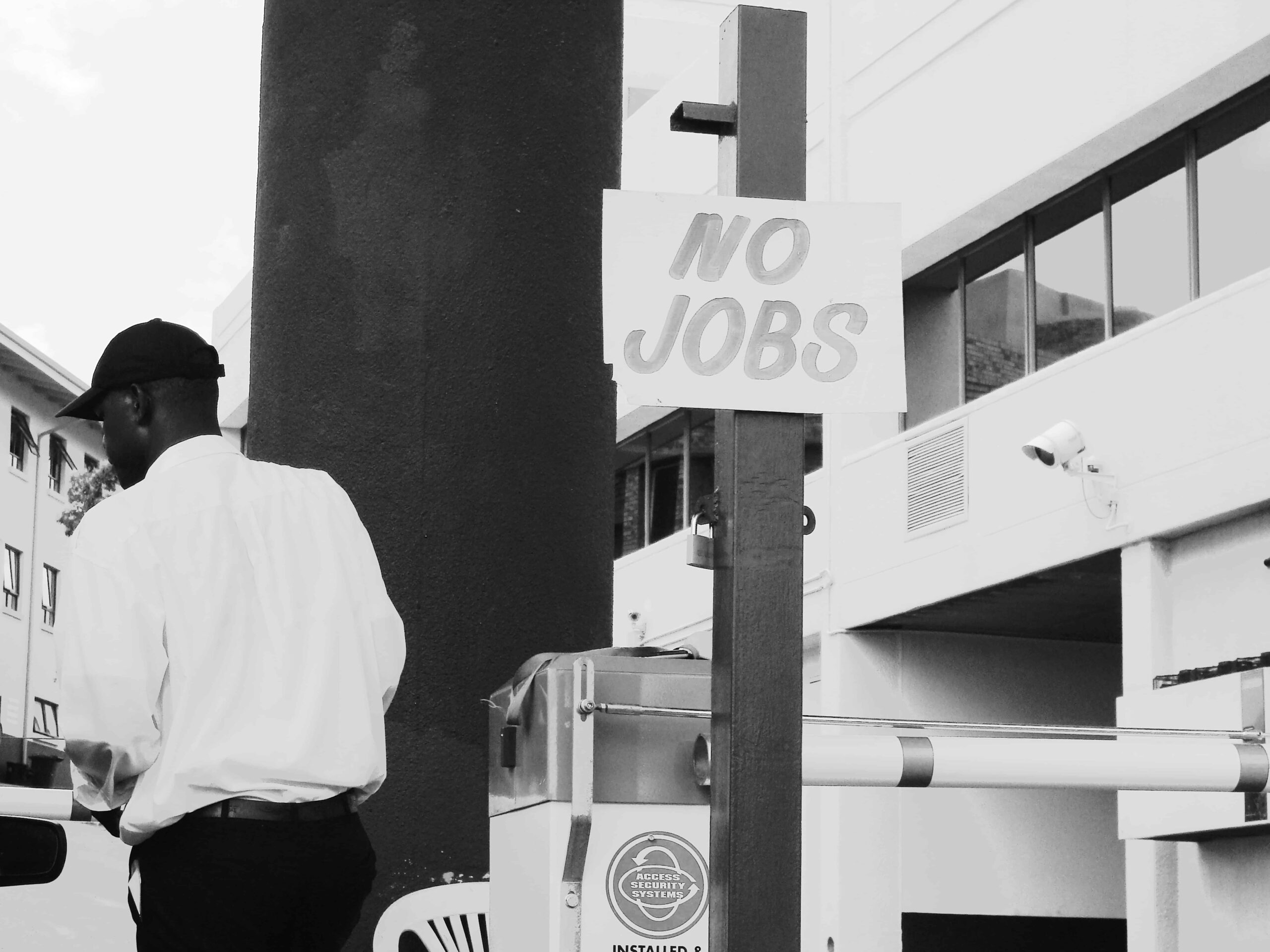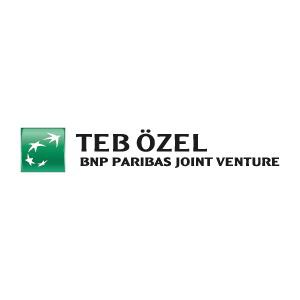Beyond government and market-based insurance, the family remains a key institution for coping with economic risk. This column uses detailed Norwegian data to study how parents adjust their wealth when their children experience income losses. When the shock to children’s income is temporary, parents decumulate assets and transfer resources. However, when the shocks are persistent, parents increase savings, preparing to help again in the future. These transfers are systematic, sizeable, and one-sided – parents do not adjust when children’s incomes rise. For policymakers, households should be viewed as part of financial dynasties connected by transfers across generations.
Labour income risk is a central feature of modern economies. Shocks to employment and earnings can occur at any stage of a worker’s life, and their consequences are often amplified during periods of economic turbulence such as the global crisis, the COVID-19 pandemic, or the ongoing structural changes linked to automation. Most discussions of income risk focus on government and market-based insurance — unemployment benefits, progressive taxation, precautionary saving, or spousal labour supply (Blundell et al. 2008, Guler et al. 2012, Ortigueira and Siassi 2013, Heathcote et al. 2014). But in practice, families often provide the first line of defence. Parents are usually in a stronger financial position than their adult children, making them natural candidates to absorb part of the shocks their children face.
Recent VoxEU columns speak to related mechanisms. Borella et al. (2025) analyse how risks and bequest motives affect household saving and work, highlighting that family dynamics shape responses to uncertainty. Bauluz and Meyer (2024) demonstrate that wealth differences across generations are substantial, indicating the potential for older cohorts to insure younger ones.
The role of dynastic transfers has received limited systematic attention in the economics literature. Evidence from Denmark (Andersen et al. 2020) suggests that parents step in when children face unemployment or divorce, but in their estimates the amounts involved appear to be modest. Kaplan (2012) documents the ‘boomerang’ effect in the US, with children returning home after job loss, which provides in-kind insurance rather than cash. Boar (2021) shows that parents also engage in ex ante dynastic insurance by accumulating precautionary savings when their children face higher earnings risk. Our work adds the missing piece: we study what happens after the shock. In our latest research (Fagereng et al. 2025), we provide direct evidence on ex post behaviour — how parents adjust their wealth when their children experience income losses — and how these responses depend on whether the shocks are temporary or long-lasting.
How parents respond to children’s income losses
Our analysis builds on a simple framework with altruistic parents who care about their children’s well-being. The key intuition is straightforward: parents help when incomes fall, and how they do so depends on whether the loss is short-lived or persistent. When a child’s income drops temporarily, altruistic parents draw down their own assets to smooth consumption; when the loss is persistent, they increase saving today to prepare for additional transfers in the future. Parents step in only when their children suffer income losses, not when they experience gains. In other words, parental wealth changes only in response to bad occurrences — and the direction of that change depends on how long the effects are expected to last.
This framework yields clear, testable implications for the data. If dynastic insurance operates as theory suggests, we should observe distinct patterns in parental saving behaviour. Wealth should decline after temporary shocks but rise after persistent ones (Figure 1). When children’s incomes increase, parental wealth should remain flat — showing that the flow of help runs in one direction, from older to younger generations.
Figure 1 Saving flow in anticipation of future shocks


Notes: The figure shows the relation between the change in parent wealth and the persistent component of the current shock to (children’s) labour income (see Figure 1B of Fagereng et al. 2025).
Evidence from Norwegian dynasties
We test the theoretical hypothesis on the nature of intergenerational insurance using rich Norwegian administrative data that track the entire population between 1997 and 2014. These records link parents and children, allowing us to observe not only labour income but also detailed balance sheets across generations. The richness of these records allows us to study both sides of the dynastic insurance contract: the shocks faced by children and the asset responses of parents.
An important step is to distinguish temporary from persistent income shocks. We achieve this by exploiting variation in firm-level productivity. When firms face negative productivity (value-added) shocks, workers experience lasting declines in earnings. In contrast, year-to-year fluctuations that do not correspond to firm-level downturns are more likely to be temporary in nature. This approach enables us to distinguish between short-term fluctuations and long-lasting shocks. We can then separately study how parents respond to each type of shock.
The patterns in the data closely match the predictions. Parents change their saving behaviour only when children’s incomes fall. When shocks are temporary, they decumulate assets, transferring resources to their children to smooth consumption. When shocks are persistent, they increase saving, preparing to help again in the future (Figure 2). On average, parents offset about 43% of temporary income losses and 27% of persistent ones — a substantial amount, beyond anecdotal help.
Figure 2 Changes in parents’ financial wealth and value-added shocks to child’s employer


Notes: The figure shows the reduced-form relationship between changes in parents’ financial wealth and the child’s employer’s value-added shocks. The steep slope on the left-hand side indicates that parents accumulate more wealth when the child experiences larger negative income shocks through their employer. The flat slope on the right-hand side suggests that parental saving is unaffected by positive shocks. (See Figure 4b in Fagereng et al. 2025 for details.)
The asymmetry is striking: parents do not adjust when children’s incomes rise. Support flows one way — from older to younger generations. We also find variation across families. Parents provide more support to their own children than to a spouse, reflecting the primacy of blood ties. Insurance is greater when both sets of parents are present, suggesting competition among parents rather than free-riding. Children, by contrast, rarely insure their parents, consistent with differences in wealth and life-cycle positions across generations.
Together, these results show that family support is systematic, sizeable, and one-sided. Families act as insurers of last resort, stepping in when children face income losses and adjusting their behaviour accordingly, depending on whether the problem is temporary or persistent.
Policy implications
The findings have three main implications for how we think about labour income risk and its consequences.
First, dynastic transfers are a crucial yet often overlooked form of insurance. In both academic modelling and policy debates, households are typically treated as isolated decision-making units. Our evidence shows that many households are, in fact, part of financial networks that span generations. Parents absorb a sizeable share of the shocks their children face, making families less vulnerable to income risk than they may appear at first glance.
Second, dynastic insurance is not equally available to all. Whether and how much support children receive depends crucially on parental wealth. Some families are able to offset a large share of shocks, while others have little or no parental buffer to draw upon. This unequal access means that labour income risk contributes to inequality not only because some individuals are hit harder by shocks, but also because some have far better means of coping with them.
Third, dynastic insurance is more resilient than many other private mechanisms during aggregate downturns. One frequently discussed margin of adjustment is spousal labour supply, but this option weakens precisely when shocks are widespread and both partners are at risk. Parents, by contrast, are often retired or less directly exposed to labour market conditions, and so their capacity to provide transfers is less affected by recessions. This makes dynastic insurance a particularly valuable safety valve in periods of broad economic stress, when public finances are also under pressure.
To summarise
The family remains a key institution for coping with economic risk. Our evidence from Norway shows that dynasties provide substantial, asymmetric insurance against labour income shocks, in ways closely aligned with economic theory. For policymakers, the lesson is double-edged. Dynastic insurance makes some households far more resilient than they appear, but it leaves others exposed. A better understanding of income risk requires viewing households not in isolation but as part of financial dynasties connected by transfers across generations.
Source : VOXeu





































































